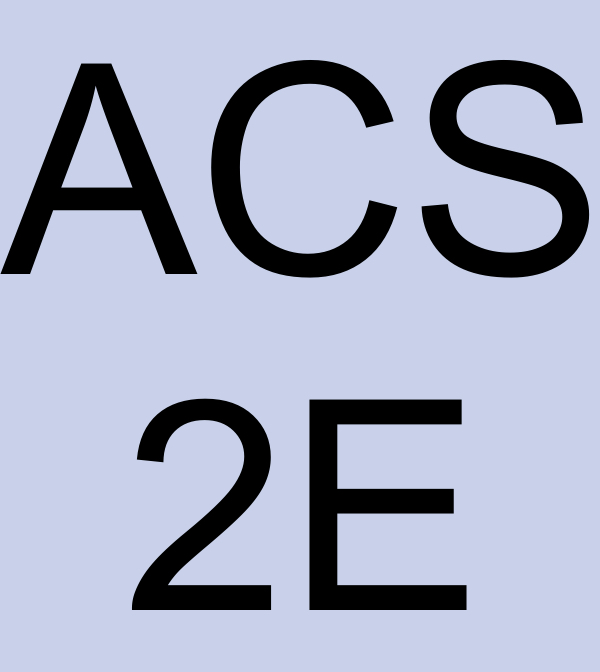Skip to main content\(\newcommand{\dollar}{\$}
\DeclareMathOperator{\erf}{erf}
\DeclareMathOperator{\arctanh}{arctanh}
\DeclareMathOperator{\arcsec}{arcsec}
\newcommand{\lt}{<}
\newcommand{\gt}{>}
\newcommand{\amp}{&}
\definecolor{fillinmathshade}{gray}{0.9}
\newcommand{\fillinmath}[1]{\mathchoice{\colorbox{fillinmathshade}{$\displaystyle \phantom{\,#1\,}$}}{\colorbox{fillinmathshade}{$\textstyle \phantom{\,#1\,}$}}{\colorbox{fillinmathshade}{$\scriptstyle \phantom{\,#1\,}$}}{\colorbox{fillinmathshade}{$\scriptscriptstyle\phantom{\,#1\,}$}}}
\)
Preview Activity 1.8.1.
Consider the function
\(y = g(x) = -x^2+3x+2\text{.}\)
(a)
Use the limit definition of the derivative to compute a formula for
\(y = g'(x)\text{.}\)
(b)
Determine the slope of the tangent line to
\(y = g(x)\) at the value
\(x = 2\text{.}\)
(c)
(d)
Find an equation for the tangent line to
\(y = g(x)\) at the point
\((2,g(2))\text{.}\) Write your result in point-slope form.
(e)
On the axes provided below, sketch an accurate, labeled graph of
\(y = g(x)\) along with its tangent line at the point
\((2,g(2))\text{.}\)

ADD ALT TEXT TO THIS IMAGE


